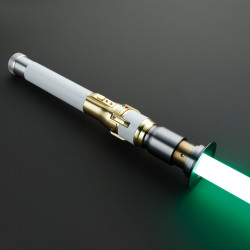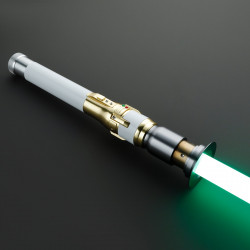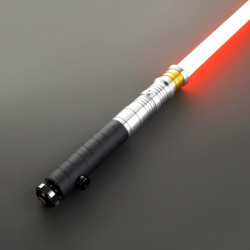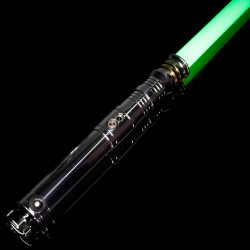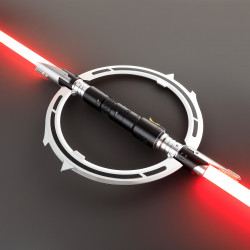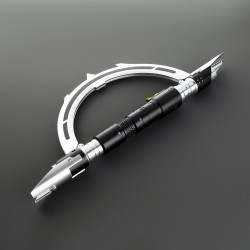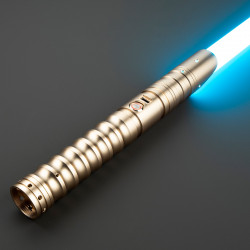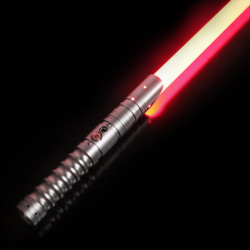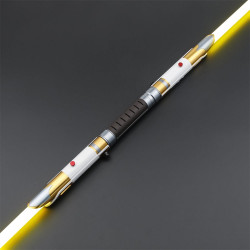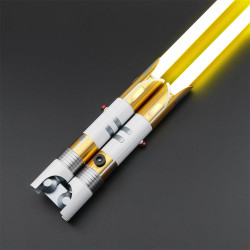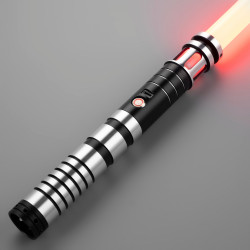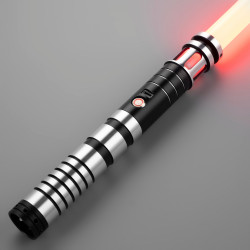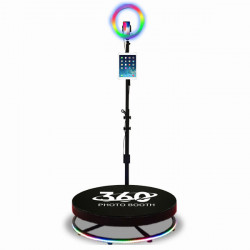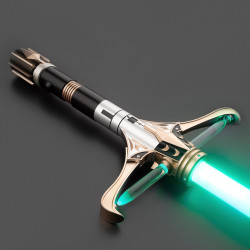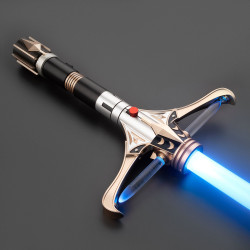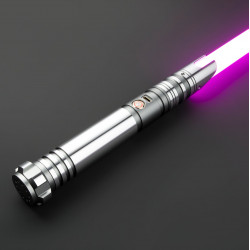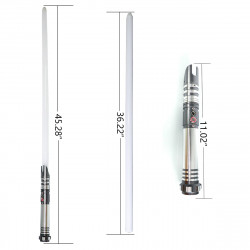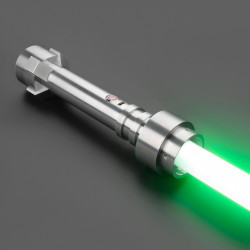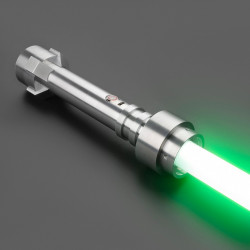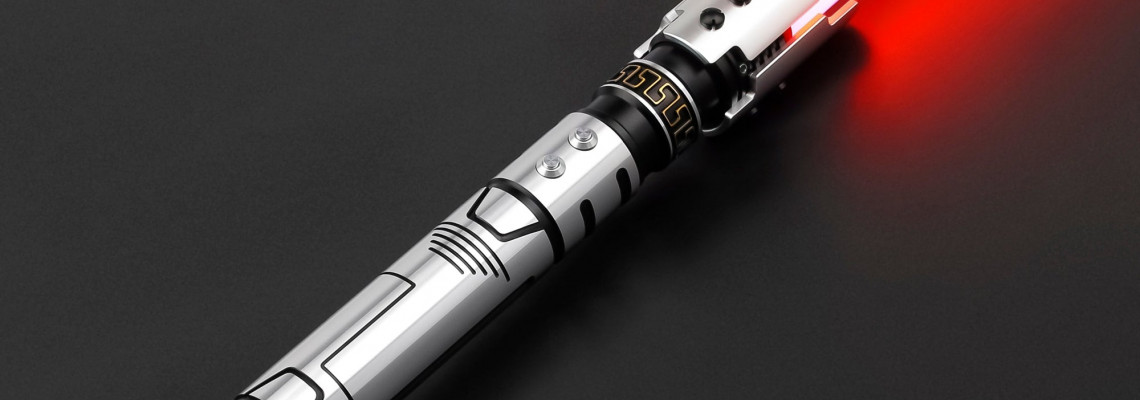
Lightsaber Forms Explained - What Form Am I?
A lightsaber is more than simply a laser sword; it is the iconic weapon of the Jedi and Sith in the Star Wars universe. It symbolizes a strong bond with the Force and reflects the holder's talent and character. Throughout the tale, we see several lightsaber fighting forms, each with its own special qualities and followers. We invite you to explore the realm of lightsaber forms and learn about the Jedi and Sith who have mastered them.
Form I: Shii-Cho - The Foundation of Jedi Training
The most basic and ancient lightsaber combat form is Shii-Cho, or Form I. With Shii-Cho, almost all Jedi begin their training using its simple yet powerful methods. It appears aggressive due to the rapid-fire nature of the hits. With inner peace, however, a Jedi can genuinely grasp Form I and employ the lightsaber as an extension of who they are. Even some Sith, while they frequently favor more violent versions, and Jedi during the Clone Wars are examples of accessible practitioners.
Form II: Makashi - The Elegant Duelist's Choice
With the increasing prevalence of lightsabers among Jedi and Sith, Form II, often referred to as Makashi, became a precise and elegant form that was ideal for one-on-one combat. Makashi can handle unique lightsaber designs like cross guards or second Shoto blades because he emphasizes controlled strikes over overwhelming force. Count Dooku, a fierce duelist, mastered Makashi. As the Sith were thought to have been exterminated, its popularity began to wane.
Form III: Soresu - The Art of Deflection
Form III, also known as Soresu, was created to combat the increasing threat posed by blasters. It focuses on defensive manoeuvres and blaster bolt reflection. In the prequel trilogy, Jedi received extensive training in Soresu, which made it an essential part of their fighting abilities. Prominent practitioners of this style, Obi-Wan Kenobi and Kanan Jarrus, have proven their effectiveness and versatility in combat.
Form IV: Ataru - Force-Assisted Acrobatics
Force acrobatics and quick attacks are key components of Ataru, commonly referred to as Form IV. Jedi with a strong connection to the Force are ideally suited for it, as it enables them to overwhelm opponents and execute stunning aerial manoeuvres quickly. In Attack of the Clones, Yoda demonstrated Ataru's skill in his duel with Count Dooku. However, some of its practitioners were exposed to the evil side because of its aggression.
Form V: Shien & Djem So - Striking a Balance
As a modification of Form III, Form V combined offensive and defensive qualities; while Djem So specializes in blade-to-blade fighting and frequently uses a reverse grip, Shien excels at distance and can swat back blaster bolts. This Form was preferred by Anakin Skywalker, who combined aspects of Djem So and Shien. Since it verged on utilizing the Force aggressively, some Jedi questioned whether it adhered to Jedi ideals.
Form VI: Niman - The Synthesis of Styles
Form VI, also known as Niman, was created by synthesizing earlier lightsaber designs. By focusing on maintaining balance in the Force, Jedi were able to uphold justice and protect themselves without giving in to the temptation of power. Darth Maul's unconventional usage of Niman, which combined Force and lightsaber fighting, showcased Niman's adaptability. This Form was preferred by many Jedi who valued knowledge and non-combat activities.
Form VII: Juyo (or Vaapad) - Embracing Inner Emotions
Juyo, the most contentious lightsaber form, urged Jedi to accept their feelings and use them to launch a violent attack. For a very long time, the Jedi prohibited it because of its possible risks. But Juyo was transformed into Vaapad by Mace Windu, who used his inherent evil to drive his unrelenting quest for justice. Because he feared others would turn to the dark side, he was cautious when teaching this technique.
The Legacy of Lightsaber Forms
A large portion of the Jedi Order's lightsaber form knowledge and expertise disappeared following the sad events of Order 66: Ezra Bridger and Cal Kestis, two Jedi who survived, combined pieces of all seven forms. Although their creativity frequently left them exposed in certain combat situations, their tenacity and resourcefulness enabled them to endure.
The Jedi and Sith traditions are complex and rich, and the lightsaber forms in Star Wars demonstrate this. Each Form offers a glimpse into the many skill sets of lightsaber wielders around the galaxy, representing a distinct facet of combat philosophy and Force connection. As we continue to explore the Star Wars universe, let's remember the craftsmanship and meaning of the lightsaber, a sophisticated weapon from a more civilized era. May you be blessed by the Force.
